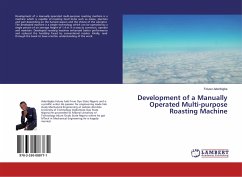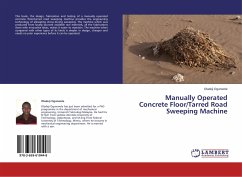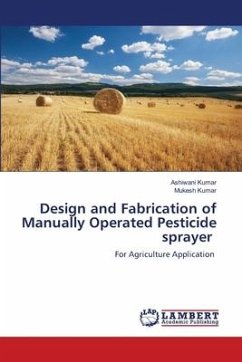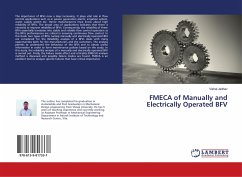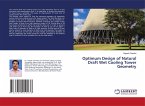Coffee traces its origin to a genus of plants known as Coffea. Within the genus there are over 500 genera and 6,000 species of tropical trees and shrubs. Experts estimate that there are anywhere from 25 to 100 species of coffee plants. The genus was first described in the 18th century by the Swedish botanist, Carolus Linnaeus, who also described Coffea Arabica in his Species Plantarum in 1753. Botanists have disagreed ever since on the exact classification, since coffee plants can range widely. They can be small shrubs to tall trees, with leaves from one to 16 inches in size, and in colors from purple or yellow to the predominant dark green. Why is the wet method used to process most of the finest coffees? Mainly, because so much more can go wrong during dry-processing than during wet-processing. Since drying the entire coffee fruit takes so much longer than drying washed beans, there are more opportunities for the fruit to attract mold, ferment, or even rot. Most dry-processed coffee is also picked carelessly, which means there will always be some contamination of flavor by green or overripe fruit, but mistakes during processing and drying can lead to a variety of flavor taints.
Bitte wählen Sie Ihr Anliegen aus.
Rechnungen
Retourenschein anfordern
Bestellstatus
Storno


